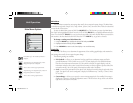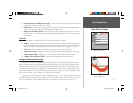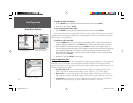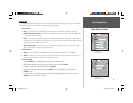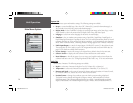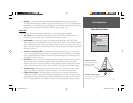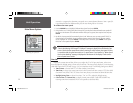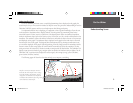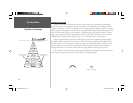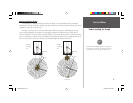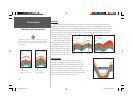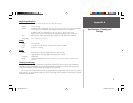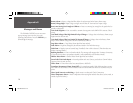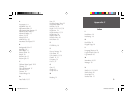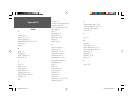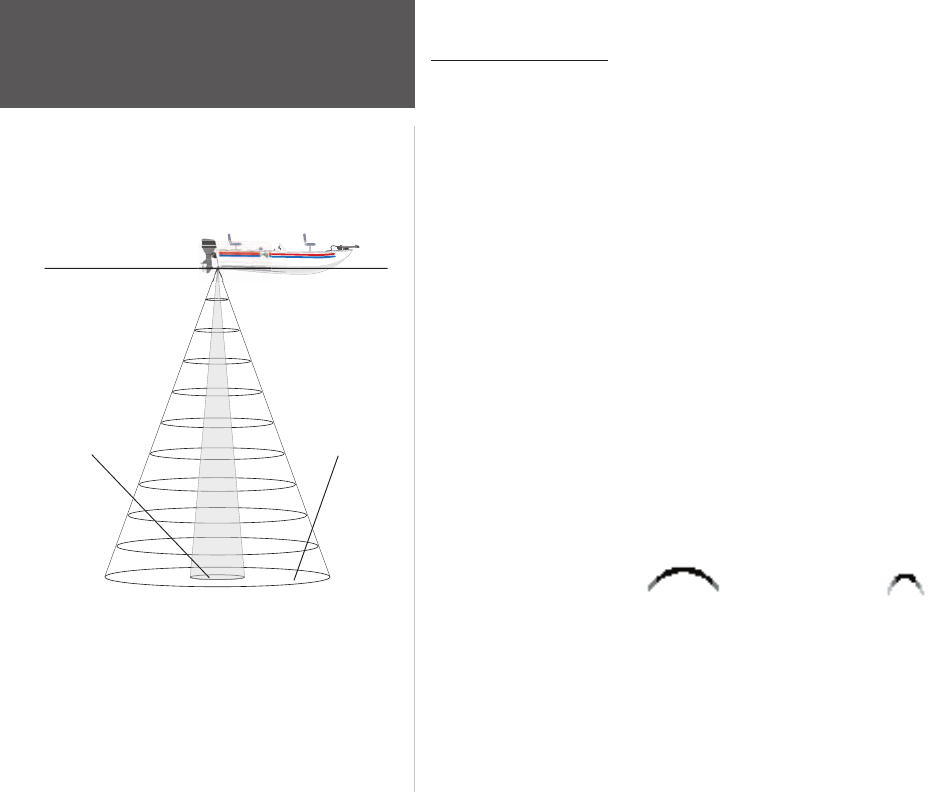
24
On the Water
Transducer Coverage
The area covered by the transmitted sound waves is determined by the cone angle of the transducer
and the water depth. Cone angles may vary between different types of transducers. For example, a 50kHz
frequency may provide a “wide” 40° cone angle, with a coverage width that is approximately 2/3 of the water
depth. As shown in the diagram on the left, the 40° cone angle (50kHz frequency) approximately covers the
area of a 20 foot diameter circle at a 30 foot depth. A 200kHz frequency may provide a “narrow” 10° cone
angle, with a coverage width that is approximately 2/10 of the water depth. As shown, the 10° cone angle
(200kHz frequency) approximately covers the area of a 6 foot diameter circle at a 30 foot depth.
When using the Fishfinder 250/250C in ‘Dual’ frequency mode, the unit alternately transmits 50kHz
and 200kHz signals and combines the information. The ‘Dual’ frequency capability of the Fishfinder 250/
250C allows the user to have a large coverage area and still retain good bottom resolution. When in ‘Dual’
frequency mode the unit uses the narrow cone angle (200kHz) to display detailed bottom information,
keeping “Dead Zones” to a minimum, and the wide cone angle (50kHz) for the large coverage area.
Fish returns from the wide and narrow beams appear differently on the display. The wide beam tends to
show longer fish returns than the narrow beam, as shown in the diagram below.
Wide Cone Angle
Transducer Coverage
200kHz - 10˚ Cone Angle
72" coverage at 30'
50kHz - 40˚ Cone Angle
20' coverage at 30'
Narrow Cone Angle
250C Manual.indd 24 1/27/2004, 3:55:20 PM



